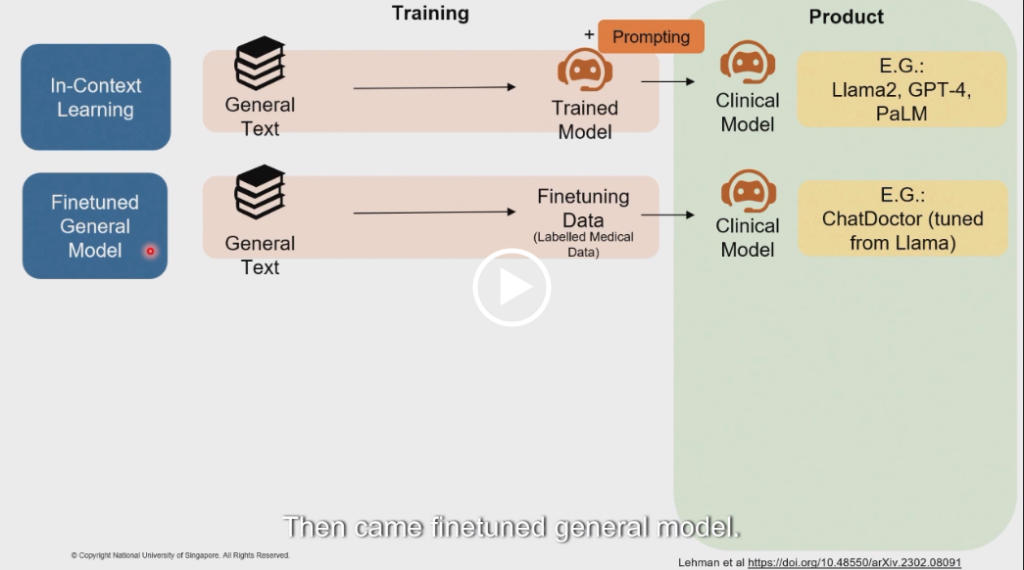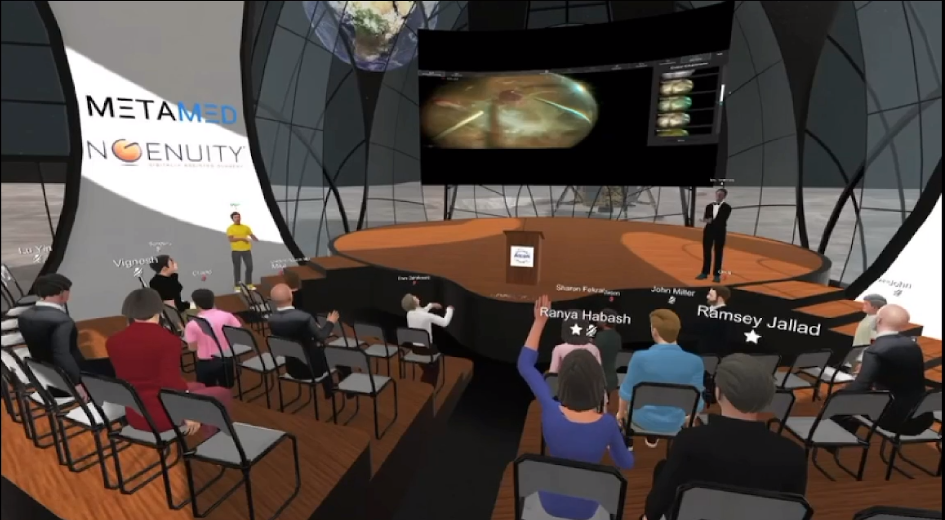Abstract
Purpose: With the recent rise of teleophthalmology due to coronavirus disease, health care needs accurate and reliable methods of checking visual acuity remotely. The visual acuity as measured by the GoCheck Kids application was compared with that of the Amblyopia Treatment Study (ATS) and the authors’ clinic protocol.
Design: This was a prospective, comparison of visual acuity assessment methods.
Methods: Established patients (3-18 years of age) in the practice of a single pediatric ophthalmologist were eligible. Visual acuity was measured 1) by GoCheck Kids mobile application, by the patient’s family member; 2) by HOTV-ATS, by study personnel; and 3) by regular clinic protocol, by an ophthalmic technician. To assess agreement between measurement of acuity, intraclass correlations with 95% confidence intervals (CI) were computed.
Results: A total of 53 children participated. The mean differences between GoCheck Kids and HOTV-ATS acuities (0.094) were significantly different (P < .001). The intraclass correlation coefficient (ICC) was 0.55 (95% CI: 0.40-0.68). The mean differences between GoCheck Kids and chart acuities (0.010) were not significantly different (P = .319; ICC: 0.59; 95% CI: 0.45-0.71). The mean differences between HOTV-ATS and chart acuities (0.084) were significantly different (P < .001; ICC: 0.66; 95% CI: 0.53-0.76). The percentages of eyes with visual acuity measured by GoCheck Kids within 1 line of the HOTV-ATS and chart acuity were 65.3% and 86.7%, respectively.
Conclusions: GoCheck Kids as checked by a family member provided a modest correlation of visual acuity compared to the chart screen and a fair correlation of visual acuity compared to HOTV-Amblyopia Treatment Study protocol, although most were within 1 line.
Copyright © 2020 Elsevier Inc. All rights reserved.





